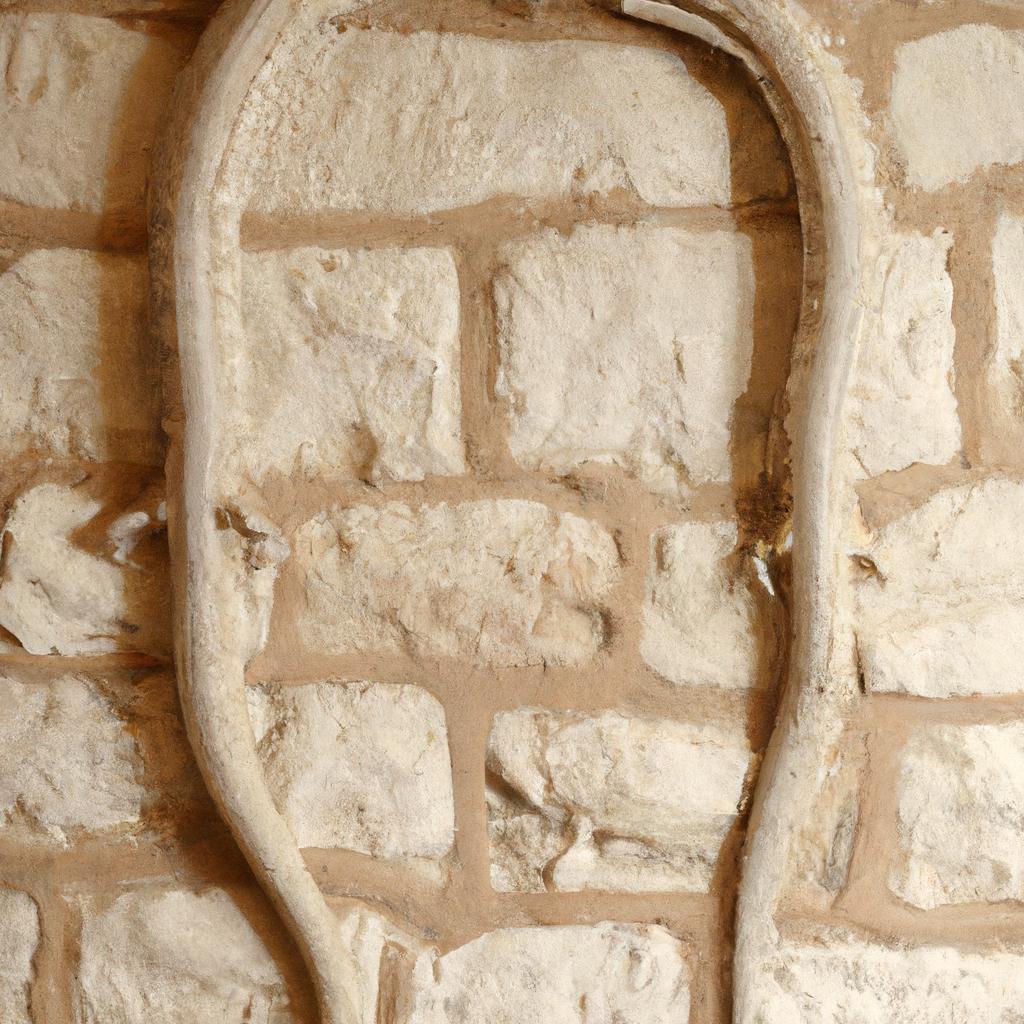As we delve into the marvels of nature, we encounter creatures that never fail to captivate us with their extraordinary adaptations. Among these remarkable beings is the snake, endowed with a skeletal system that grants it incredible speed and agility. In this article, we will explore the intricacies of the snake’s skeleton, its evolution, and its significance in the study of snake anatomy.
The Intriguing Snake Skeleton
Snakes, with their unique survival capabilities in various environments, possess fascinating skeletal and muscular systems that play a vital role in their locomotion and hunting strategies.
A Sneak Peek at the Snake’s Skeletal System
The snake possesses a specialized skeletal system tailored to its elongated and flexible body. Comprising the skull, vertebral column, ribcage, and appendicular skeleton, it supports the snake’s distinct movements.
1. Types of Bones in a Snake’s Skeleton
The snake’s skeletal system classifies bones into two categories: the axial skeleton and the appendicular skeleton. The axial skeleton, including the skull, vertebral column, and ribcage, safeguards the snake’s vital organs while providing support. The appendicular skeleton encompasses the pelvic and pectoral girdles, which support the snake’s limbs, though most snakes lack them.
2. Adaptations of the Snake’s Skeleton
To facilitate unique movements, the snake’s skeletal system displays various adaptations. Its vertebral column, composed of numerous small vertebrae with flexible joints, allows the snake to twist and turn in any direction. The modified ribcage, with elongated ribs, lends support to the snake’s body and safeguards its internal organs.
The Marvelous Muscular System
Equally fascinating, the snake’s muscular system governs its movement and hunting strategies. Three types of muscles—smooth muscles, skeletal muscles, and cardiac muscles—orchestrate the snake’s agility.
1. The Array of Muscles in a Snake
The snake’s muscular system encompasses smooth muscles within its internal organs and skeletal muscles attached to its bones, controlling its movement. Cardiac muscles reside in the snake’s heart, ensuring blood circulates throughout its body.
2. The Adaptations of the Snake’s Muscular System
The snake’s muscular system comprises adaptations that enable it to maneuver swiftly. Its skeletal muscles form two layers: longitudinal muscles on the outer layer and circular muscles on the inner layer. Such an arrangement empowers the snake to move in any direction and to constrict its prey with formidable strength.
The Enigmatic Functions of the Snake’s Skeleton
The snake’s skeleton serves multifarious purposes, including supporting its body and facilitating movement, as well as safeguarding its vital organs.
A. Support for the Snake’s Body
The snake’s skeleton acts as a framework, maintaining its shape and structure. The vertebrae, along with the flexible vertebral column, allow the snake to bend and twist, facilitating movement through confined spaces. Additionally, the ribcage provides support, protects internal organs, and serves as an anchoring point for muscles.
B. Facilitating the Snake’s Movement
The snake’s skeleton lies at the heart of its unique locomotion. By contracting and relaxing its muscles, the snake propels its body forward in a wave-like motion. The skeletal system provides the necessary attachment points for muscles, surging the force required for locomotion. Furthermore, the flexible backbone grants the snake the ability to maneuver swiftly in any direction, helping it navigate complex environments.
C. Safeguarding the Snake’s Vital Organs
The snake’s skeletal system assumes a crucial role in protecting its internal organs. The ribcage shields vital organs such as the heart and lungs, while the skull safeguards the brain and sensory organs. Through evolution, the snake’s skeletal system has adapted to meet the distinct demands of its lifestyle, providing essential support and protection for its survival.
Understanding the snake’s skeletal functionality is crucial in appreciating its remarkable adaptations. By examining its structure and function, we unearth insights into how these creatures have evolved and adapted to their environment.
The Journey of Snake Skeletons
Snakes, existing for millions of years, have seen significant changes in their skeletons. These adaptations have propelled their triumph in a multitude of habitats, along with unique hunting strategies. Let’s take a closer look at the evolution of snake skeletons and how they have contributed to the success of these extraordinary creatures.
A. The Evolution of the Snake’s Skeletal System
Over millions of years, the snake’s skeletal system evolved to conform to its distinctive body shape and movement. The elongation of their vertebral column stands out as a significant transformation, empowering the wave-like motion. This adaption coincided with the development of flexible ribs and the reduction or complete absence of limbs. In some snake species, tiny remnants of limbs manifest in the form of minuscule pelvic bones.
B. Adapting to the Snake’s Lifestyle
The snake’s skeletal system exhibits various adaptations aligning with its lifestyle. The absence of limbs enables them to maneuver through narrow spaces with ease and climb trees effortlessly. Additionally, the flexibility of their ribs and vertebrae allows them to swallow prey whole, even if it dwarfs their head. Certain snake species have evolved specialized bones in their skulls to support venomous fangs.
C. The Role of Skeleton Evolution in the Snake’s Success
The evolution of the snake’s skeleton has been pivotal in their triumph as a species. Their unique body shape and movement facilitated survival in diverse environments, including deserts, rainforests, and oceans. Limblessness further enhanced their aerodynamics, enabling faster and more efficient locomotion. The development of specialized bones to support venomous fangs transformed them into formidable predators capable of overpowering much larger prey.
As we continue unraveling the secrets of snake skeletons, our appreciation deepens for these captivating creatures and their extraordinary adaptations.
Snake Skeletons: An Intersection of Medicine and Science
The study of the snake’s skeleton not only captivates the mind but also has practical implications in medicine and science. Here are a few ways snake skeletons contribute to research:
A. Snake Skeletons in Medical Research
Snake venom, a potent blend of proteins and enzymes, possesses both lethal and life-saving properties. By studying the structure of snake skeletons, scientists gain insights into venom production and its effects on the human body. This knowledge contributes to the development of treatments for diseases such as cancer, diabetes, and heart disease.
B. The Role of Snake Skeletons in Evolutionary Studies
The study of snake skeletons sheds light on their evolutionary journey. By observing the differences in skeletal structures among snake species, scientists trace their evolutionary history and understand their diverse adaptations to different environments. This knowledge aids in predicting future snake evolution and formulating strategies to preserve their habitats.
C. Snake Skeletons: Windows into Snake Behavior
The snake’s behavior, encompassing movement, hunting, and self-defense, heavily relies on its skeletal structure. Analyzing the snake’s skeleton grants scientists insights into their behavior within natural habitats. This knowledge contributes to the development of efficient conservation strategies and a deeper understanding of snakes’ ecological roles within their ecosystems.
In conclusion, the study of snake skeletons not only captivates us but also holds practical applications in medicine and science. By uncovering the secrets held within the snake’s skeleton, we gain insights into the evolution, behavior, and adaptations of these remarkable creatures. This newfound knowledge can propel advancements in medical treatments and further our understanding of the natural world.
At TooLacks, we strive to provide informative and engaging content that highlights the marvels of nature. We hope this article has sparked your curiosity and inspired you to delve deeper into the captivating realm of snake anatomy.
So, whether you are an ardent herpetologist or simply harbor a curiosity for nature’s finest, we encourage you to continue exploring the diverse and awe-inspiring creatures that inhabit our planet.
TooLacks – Discover the wonders of nature with us!



